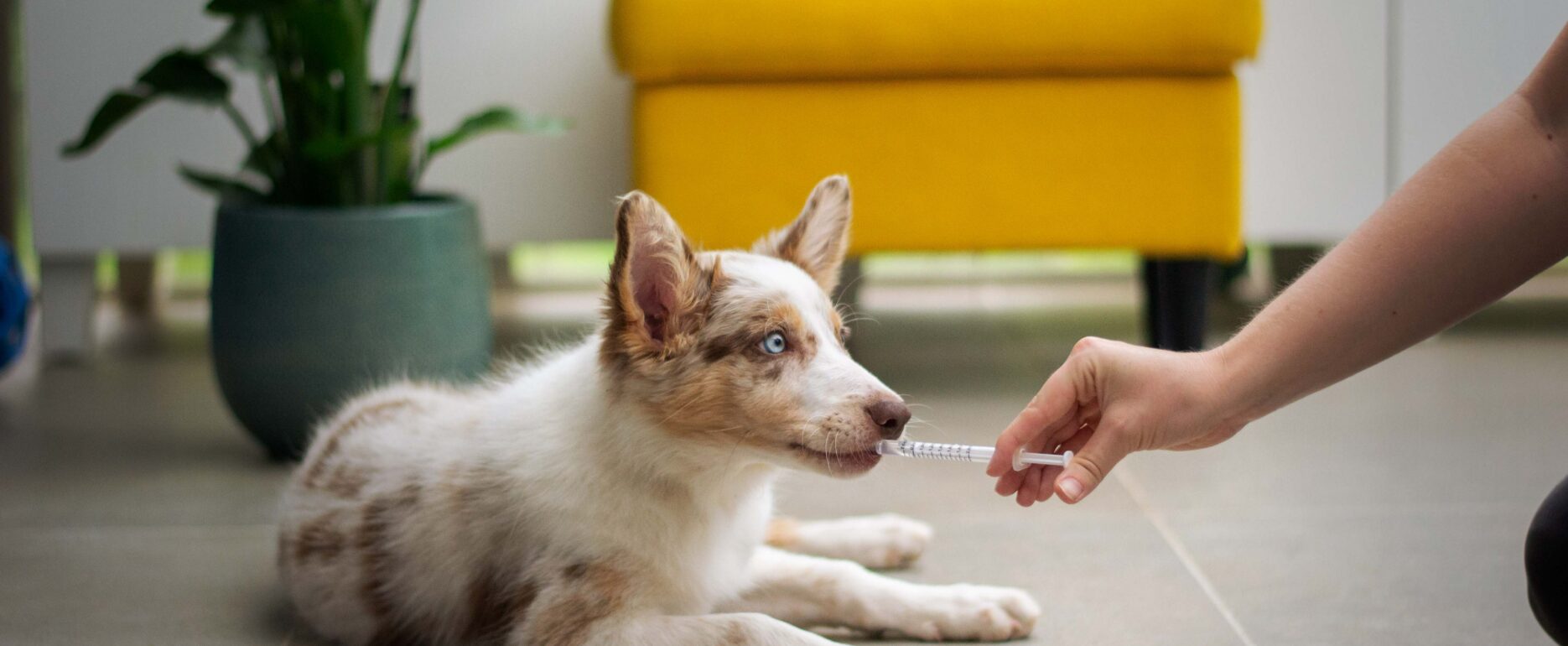And if you’re faced with an unexpected bill, your clinic also provides different ways to pay.
Options for your regular budgeting:
- Pet insurance. When you have pet insurance, this allows your vet to provide the very best medical care – while you have the peace of mind knowing the cost is covered. See our article on choosing pet insurance.
- Open a special savings account. Some pet-owners keep a ‘rainy day’ account for their pet’s vet bills. They stash away small amounts at a time, and it soon adds up! (Some people choose this as an alternative to insurance – they put the equivalent of the monthly insurance premium into their own account).
- Keep your vet clinic account in credit. Similar to above, your vet clinic will be happy to keep your account in credit. If you transfer a spare $10 or so on a regular basis, you’ll always be ahead.
- Check out your clinic’s own health plans. Many clinics offer their own pet healthcare plans, with a bundle of services for a lower cost. This helps you budget your costs upfront (as well as making sure you’re keeping up with regular visits).
Options your vet clinic offers:
Most clinics offer their clients a range of options, especially for the larger or unexpected bills:
- Paying by instalment. For larger bills, ask your clinic if paying by instalment is an option. This usually needs to be arranged in advance.
- Finance credit. You might already have arrangements with credit providers who provide personal loans – check whether they cover veterinary bills as well. If you don’t already have a provider, your clinic may be able to suggest one (there are some that specialise in veterinary care).
- Buy now, pay later services. A lot of clinics also offer after-pay services, so you can pay off your bill over time.


